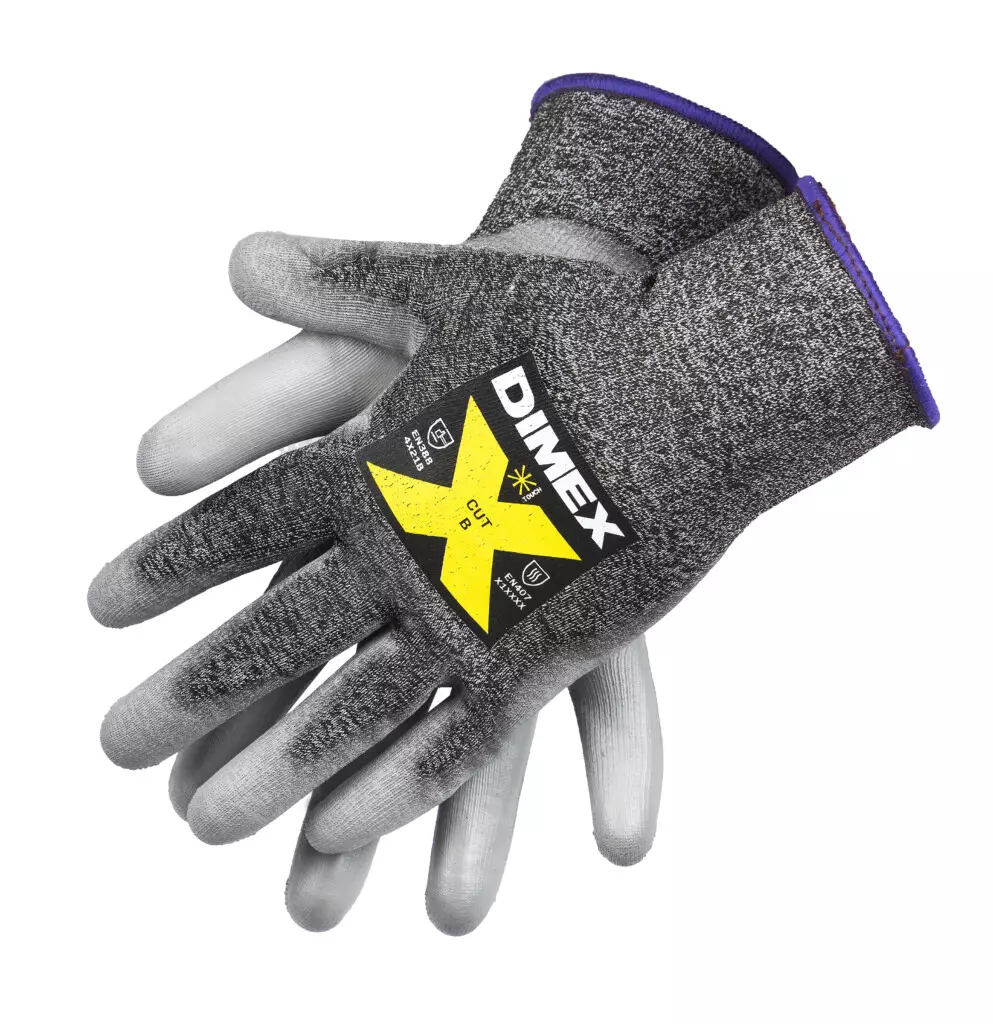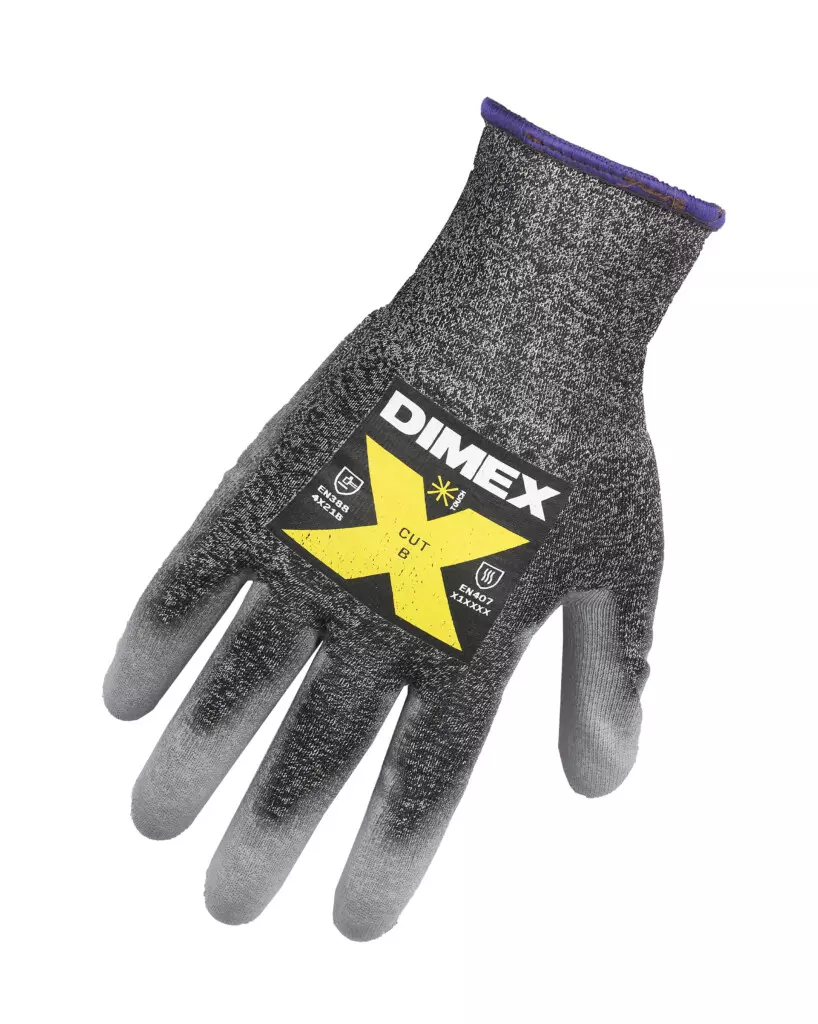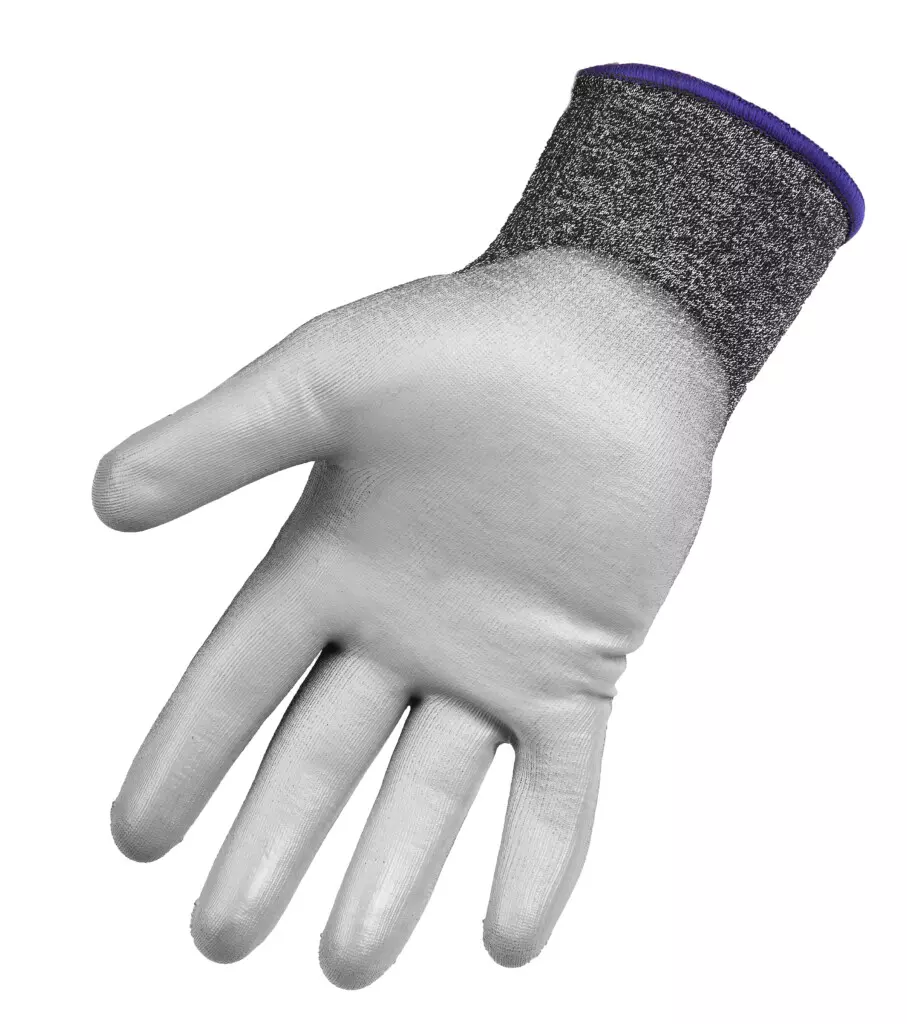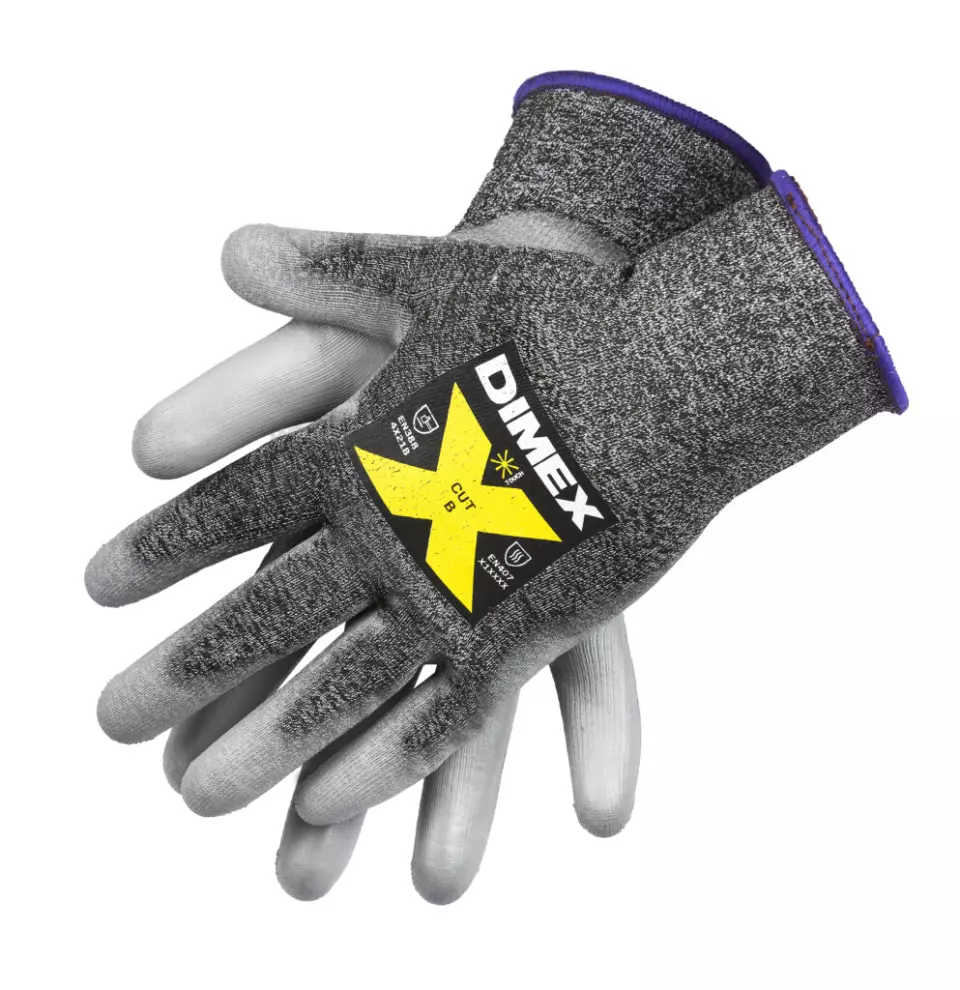


Features You'll Love

Coating Material · Polyurethane (PU)
Coating Coverage · Palm And Finger
The substance applied to glove surfaces to enhance grip, durability, and protection, with different materials suited for various work conditions.
Indicates which areas of the glove have protective coating applied, affecting grip, protection, and dexterity in different parts of the hand.

EN 388 · Abrasion Resistance Level 4, Cut Resistance, ISO 13997 Level B
EN 407 · Heat Contact Level 1
Offers the highest level of protection against intense rubbing and wear from rough materials.
Offers low cut protection for general work, such as packaging and light assembly.
This product provides short-term protection against contact with hot objects up to 100°C (212°F) for at least 15 seconds. It is ideal for brief handling of warm items in non-professional settings like home kitchens.
19,69 €
Choose size
Shipping fee is 7,95 € for orders under 80,00 €
Features You'll Love

Coating Material · Polyurethane (PU)
Coating Coverage · Palm And Finger
The substance applied to glove surfaces to enhance grip, durability, and protection, with different materials suited for various work conditions.
Indicates which areas of the glove have protective coating applied, affecting grip, protection, and dexterity in different parts of the hand.

EN 388 · Abrasion Resistance Level 4, Cut Resistance, ISO 13997 Level B
EN 407 · Heat Contact Level 1
Offers the highest level of protection against intense rubbing and wear from rough materials.
Offers low cut protection for general work, such as packaging and light assembly.
This product provides short-term protection against contact with hot objects up to 100°C (212°F) for at least 15 seconds. It is ideal for brief handling of warm items in non-professional settings like home kitchens.
Product description
Work glove made of recycled polyester & Tungsten fibres with PU-coating. The material makes the glove very thin and comfortable to wear. Cut protection class B. Smart devices can also be used with these gloves thanks to the touchscreen feature. Suitable for manufacturing, metal and paper industry, construction, installation and warehouse work.